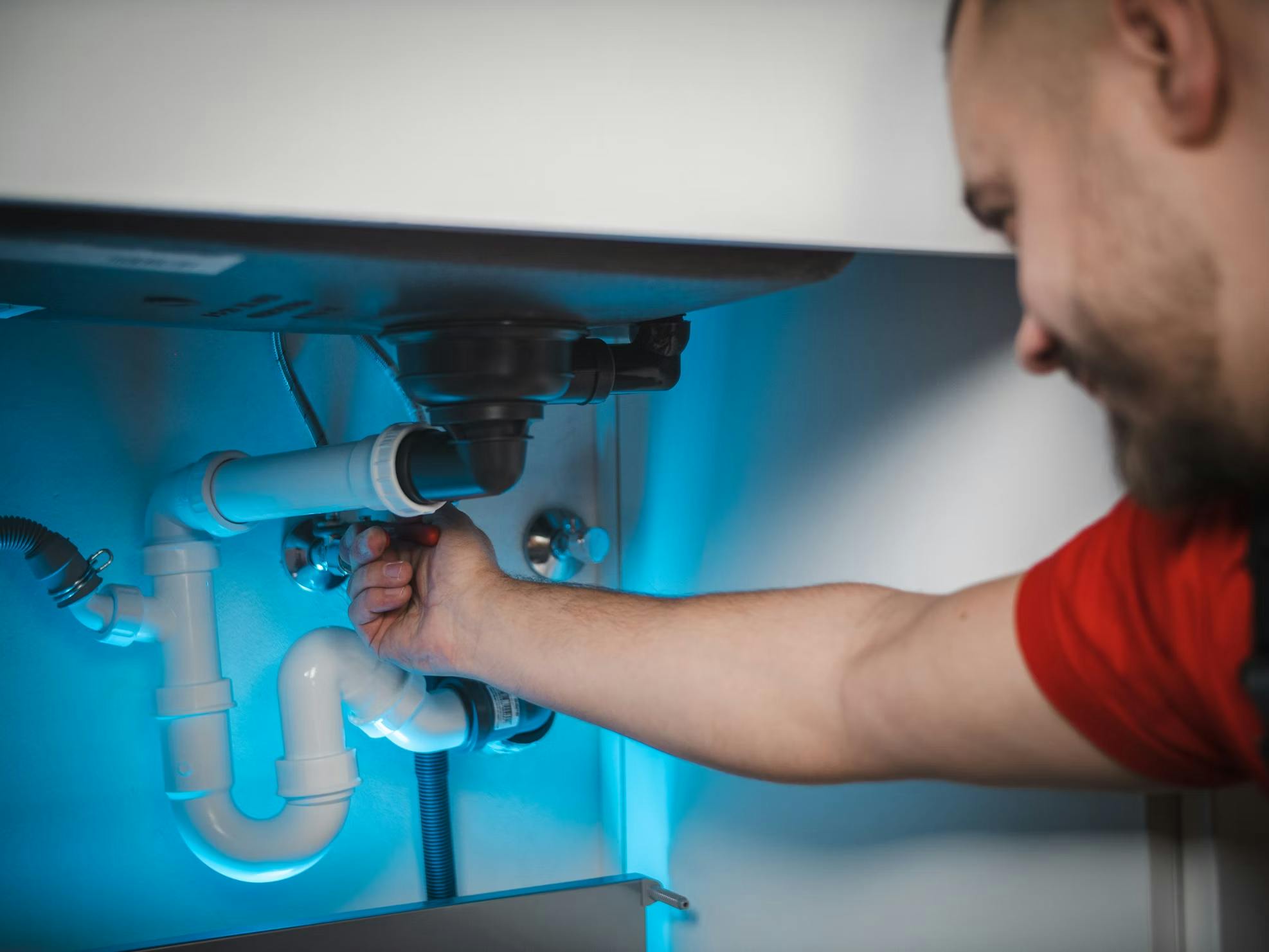The Ultimate Guide to Upgrading Your Bathroom Plumbing
Upgrading your bathroom plumbing can be a daunting task, but with the right guidance and expert advice, it can significantly enhance the functionality and aesthetics of your bathroom. Whether you're looking to increase water efficiency, modernize fixtures, or improve the overall plumbing system, this guide will provide you with all the necessary steps and tips to achieve a successful upgrade.
Understanding Your Current Plumbing System
Before diving into upgrades, it's crucial to understand your existing plumbing system. This includes knowing the layout of your pipes, the type of materials used, and the age of your plumbing fixtures. Here are some steps to get you started:
- Inspect Your Plumbing: Look for any visible signs of wear and tear such as leaks, rust, and corrosion.
- Check Water Pressure: Low water pressure might indicate clogs or leaks in your system.
- Identify Pipe Material: Older homes might have copper, steel, or even lead pipes, which can affect water quality and safety.
Planning Your Plumbing Upgrade
Planning is key to a successful upgrade. Consider these factors:
- Budget: Determine how much you are willing to spend. Remember, investing in high-quality materials and professional installation can save money in the long run.
- Design: Choose fixtures and layouts that complement your bathroom’s design.
- Sustainability: Consider eco-friendly options like low-flow toilets and showerheads.
Choosing the Right Fixtures
Upgrading your fixtures can dramatically improve the look and efficiency of your bathroom. Here are some popular options:
- Faucets: Opt for models with aerators to save water.
- Toilets: Consider dual-flush or low-flow toilets for better water efficiency.
- Showers: Rainfall showerheads can offer a luxurious experience while conserving water.
DIY Tips for Simple Upgrades
If you're handy, there are several upgrades you can perform yourself:
- Replacing Faucets: With basic tools like a wrench and screwdriver, you can install new faucets.
- Changing Showerheads: This is often as simple as unscrewing the old showerhead and replacing it with a new one.
- Installing a New Toilet Seat: Upgrade to a newer model with features like bidets or heated seats.
When to Call a Professional
For more complex upgrades, such as re-routing pipes or installing new tubs, it’s best to hire a professional. They can ensure that the job is done safely and up to code. Here’s when you should consider professional help:
- Major Installations: Such as bathtubs or shower enclosures.
- Moving Plumbing: Anytime you need to change the layout of your plumbing.
- Dealing with Old Pipes: Professionals can replace or repair old, deteriorating pipes without causing damage.
Maintaining Your New Plumbing
After upgrading, regular maintenance is crucial to keep your plumbing in top shape:
- Regular Cleaning: Keep drains free of hair and debris to prevent clogs.
- Inspect Regularly: Look for leaks or drops in water pressure that might indicate a problem.
- Winterize Your Pipes: Prevent freezing and bursting in cold weather by insulating your pipes.
Conclusion
Upgrading your bathroom plumbing can increase your home's value and improve daily life by adding comfort and efficiency. By understanding your current system, planning carefully, and choosing the right fixtures, you can ensure a successful upgrade. Remember, for complex tasks, don’t hesitate to contact a professional.
For further assistance or specific questions about your plumbing upgrade, consider consulting with a human expert or chat with Mavyn GPT at Mavyn, where AI and human expertise blend seamlessly to provide you with the best advice and solutions.
